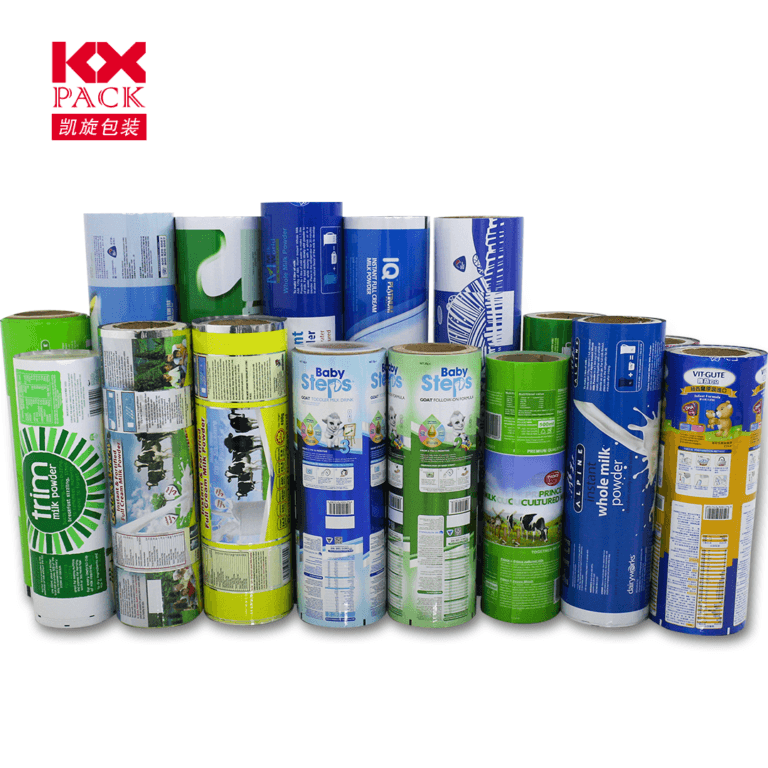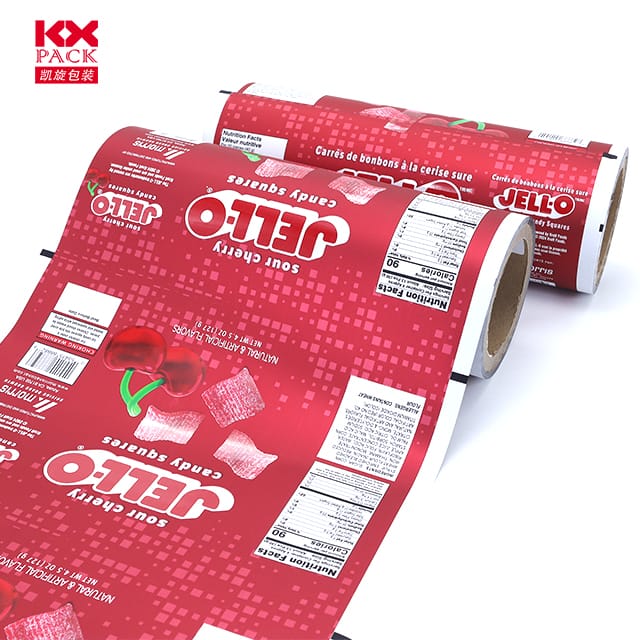Película de plástico para la comida: Una guía completa de seguridad, Sostenibilidad, y las mejores prácticas
Película de plástico
Plastic film for food—commonly known as cling wrap, envoltura de comida, o envoltura de plástico: es un elemento básico en cocinas del mundo. Su capacidad para preservar la frescura, evitar la contaminación, y extender la vida útil de los perecederos lo hace indispensable para los hogares, restaurantes, y fabricantes de alimentos. Sin embargo, growing concerns about environmental impact and chemical safety have sparked debates about its usage. En este blog, we’ll explore thetipos, beneficios, riesgos, y alternativas ecológicas of plastic film for food, empowering you to make informed choices.
What Is Plastic Film for Food?
Plastic film for food is a thin, flexible material made primarily frompolietileno (EDUCACIÓN FÍSICA), though variations likecloruro de polivinilo (CLORURO DE POLIVINILO) opolyvinylidene chloride (PVDC) may also be used. It’s designed to create an airtight seal around food items, protecting them from moisture, oxígeno, y olores. Common applications include:
- Wrapping leftovers
- Covering bowls or plates
- Packaging deli meats or cheeses
- Protecting produce during storage
Types of Plastic Film for Food
- Polietileno (EDUCACIÓN FÍSICA) Película
- The most widely used and safest option for food contact.
- Comes in two varieties:
- Low-density polyethylene (LDPE): Soft and clingy, ideal for wrapping irregular shapes.
- High-density polyethylene (HDPE): Stiffer and more durable, often used for freezer bags.
- PVC Film
- Contains plasticizers like phthalates, which can leach into food, especialmente artículos grasos o ácidos.
- Less common today due to health and environmental concerns.
- Películas biodegradables/compostables
- Made from plant-based materials (P.EJ., cornstarch, celulosa) or biopolymers.
- Designed to break down faster than traditional plastics, though proper disposal is key.
Benefits of Using Plastic Film for Food
- Preservación de alimentos: Reduces waste by keeping food fresh longer.
- Higiene: Prevents cross-contamination between foods.
- Conveniencia: Fácil de usar, store, and transport.
- Rentable: Affordable compared to reusable containers for short-term storage.
Risks and Concerns
- Chemical Leaching
- Some films may release harmful substances (P.EJ., BPA, ftalatos) when heated or in contact with oily foods.
- Solution: Look for labels indicating “microwave-safe” or “BPA-free.”
- Environmental Impact
- Traditional plastic films are non-biodegradable and contribute to microplastic pollution.
- Solution: Opt for recyclable or biodegradable options and recycle properly.
- Single-Use Waste
- Disposable plastic film generates significant landfill waste.
- Solution: Switch to reusable silicone food covers or beeswax wraps.
How to Choose Safe Plastic Film for Food
- Check Labels: Prioritize products labeled “food-grade,” “FDA-approved,” or “phthalate-free.”
- Avoid PVC: Choose PE-based films instead.
- Look for Recycling Symbols: Films marked with recycling codes #2 (HDPE) o #4 (LDPE) are safer and more recyclable.
- Temperature Resistance: Ensure the film is suitable for your intended use (P.EJ., freezer, microwave).
Eco-Friendly Alternatives to Plastic Film
- Envolturas de cera de abejas
- Reusable, compostable, and made from organic cotton coated in beeswax.
- Perfect for wrapping sandwiches, queso, or produce.
- Cubiertas de silicona para alimentos
- Durable, hermético, and heat-resistant.
- Reusable for years, Reducción de desechos.
- Recipientes de vidrio o acero inoxidable
- Ideal for storing leftovers or meal prepping.
- Non-toxic and eco-friendly.
- Fabric Covers with Drawstrings
- Great for covering bowls or dough during rising.
- Machine-washable and sustainable.
Best Practices for Using Plastic Film Safely
- Avoid High Heat: Never use plastic film in ovens or toasters; it can melt and release toxins.
- Don’t Reuse Single-Use Films: They degrade quickly, increasing leaching risks.
- Almacenar correctamente: Keep plastic film away from direct sunlight or heat to prevent chemical breakdown.
- Recycle Correctly: Clean used film and check local recycling guidelines (many curbside programs don’t accept it, but drop-off centers might).
The Future of Food Packaging
Innovations are addressing the drawbacks of traditional plastic film:
- Películas comestibles: Hecho de algas o almidón, these can be consumed along with the food.
- Embalaje inteligente: Films with sensors to monitor food freshness in real time.
- Advanced Bioplastics: Stronger, more sustainable materials derived from agricultural waste.
Pensamientos finales
Plastic film for food remains a practical choice for short-term storage, but its environmental and health risks demand mindful usage. By opting for safer materials, exploring reusable alternatives, and recycling responsibly, we can reduce our ecological footprint while keeping our food fresh.
What’s your go-to method for storing leftovers? Share your tips or favorite eco-friendly swaps in the comments below! 🌱🍴







